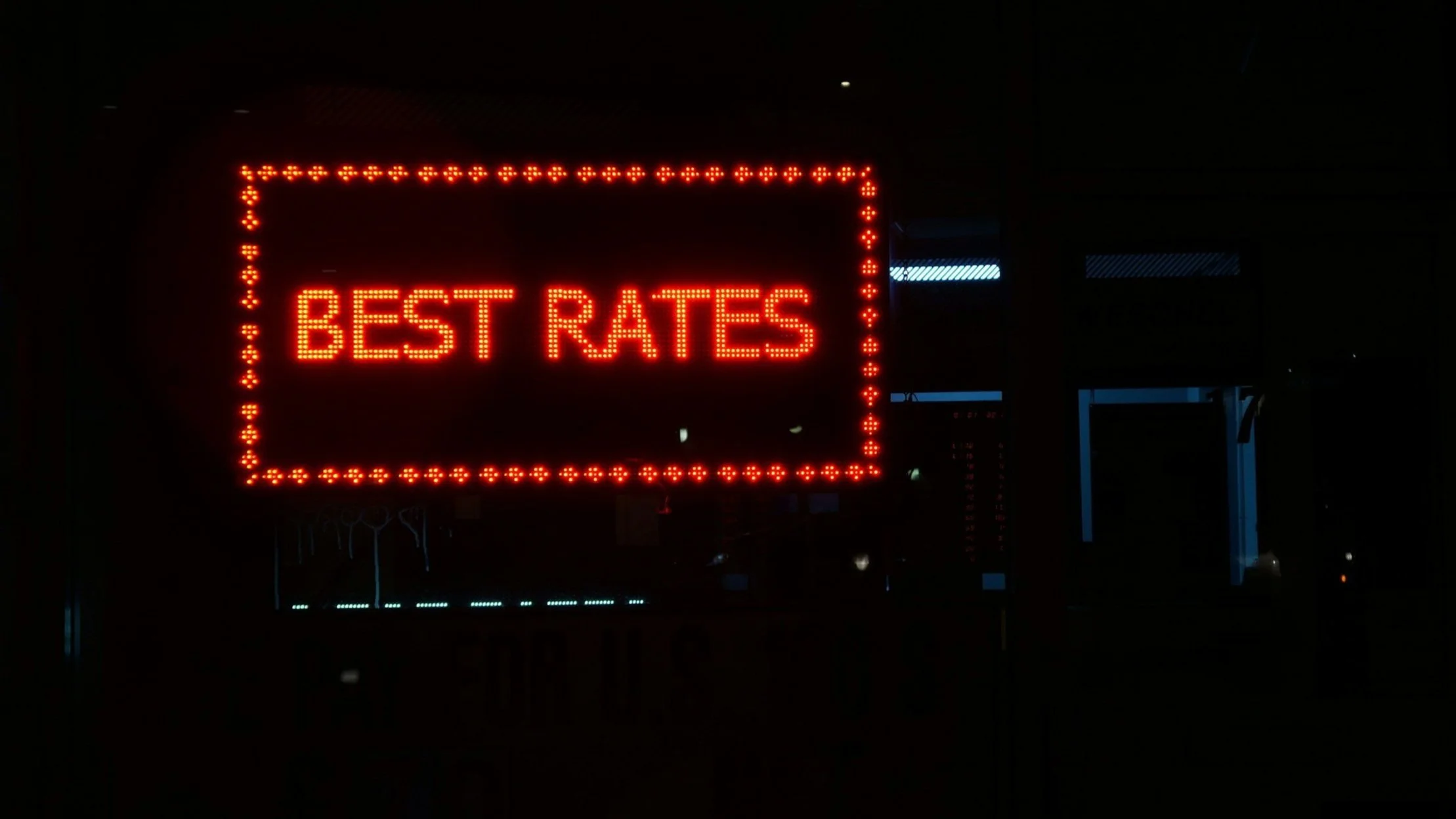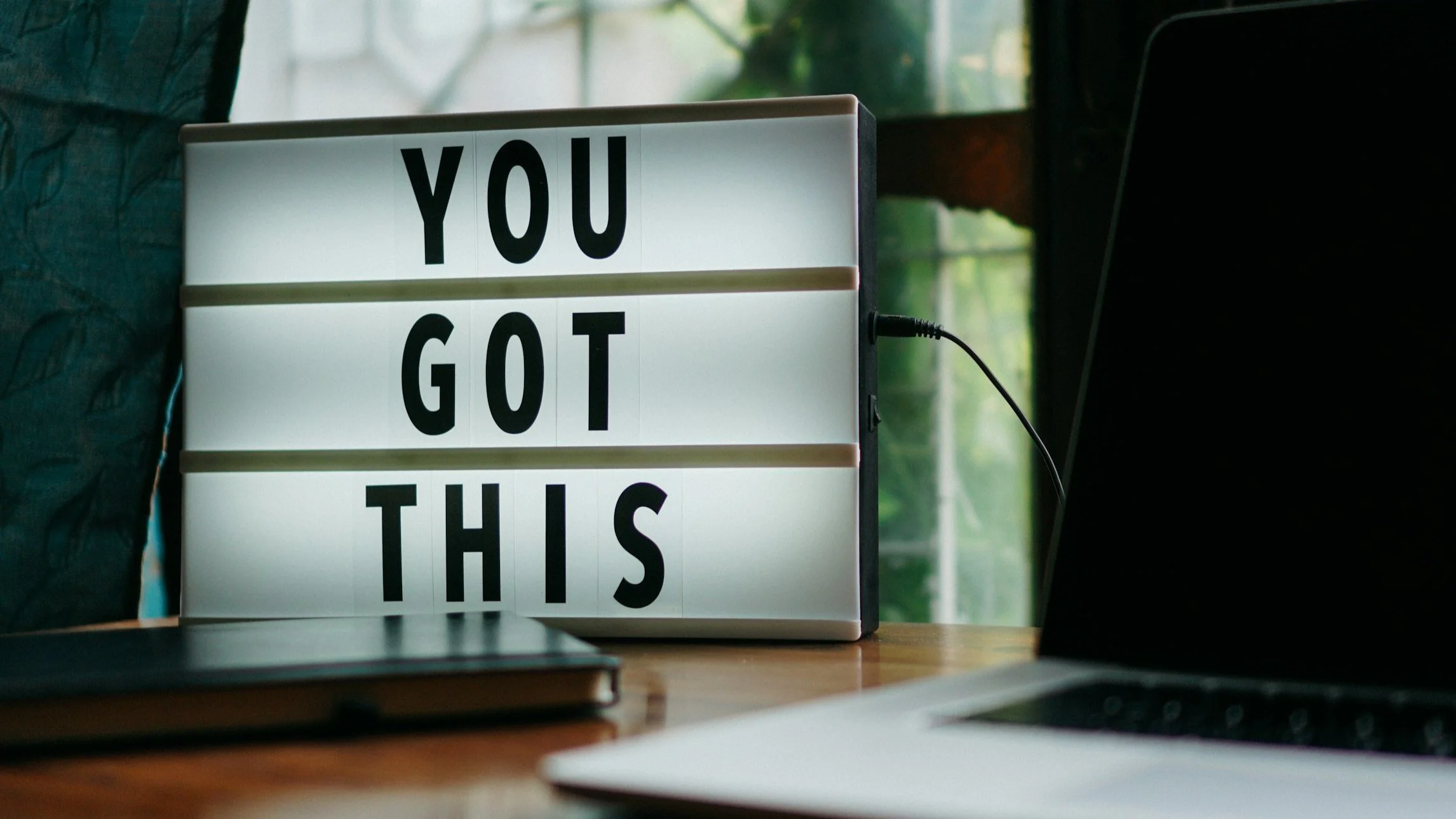7 Things You Need to Do to Start Freelancing
Want to start freelancing? You’re not alone.
It’s becoming more and more the popular way to work these days, not only because jobs are scarce, yet also because more individuals are starting to recognize all the freedom that goes into it.
I mean …
Flexible schedule. Unlimited earnings. No boss or corporate politics.
It’s pretty amazing!
Provided, of course, you can make it work.
So, if you’re ready to make the jump—whether into full-time self-employment or starting up a side hustle, here are 7 Things You Need to Do to Start Freelancing:
1. Define Your Specialty / Focus—
What is it that you do? What services and/or products will you offer? Is it graphic design, illustration, copywriting, photography, social media management, etc.? Do you do web design/development, SEO or SEM, painting, ceramics, or the like?
Get specific here.
This is also a great time to consider:
the different mediums you might work in (print, digital, etc.)
how you describe your style (edgy, corporate, whimsical, etc.)
and whether or not you’d like to niche (for ex., logos only or all graphic design)
It’s important for you to know who you are and what you offer. And, oftentimes, that goes beyond just what a simple title might imply.
2. Identify Your Target Audience—
Who is it you want to work with? Is it ad agencies, design studios, corporations, small businesses, non-profits, galleries, comic book or gaming companies, etc.?
Again, get specific. Sure, you can try and be all things to all people, yet that doesn’t always work out so well when you go to target your marketing.
Think about, too, whom you might work with or be hired by inside each of those companies or organizations, such as a:
creative director / marketing manager
HR / talent acquisition specialist
owner / president / CEO
Consider their demographics and psychographics. Who are they and what makes them tick. In essence, what will motivate them to buy from someone like you?
3. Get Set Up—
Determine how your business will be structured (sole proprietorship, LLC, S-Corp). Check to ensure you’re operating according to your local country’s / state’s / county’s / city’s rules (Do you need a license? A DBA? To fill out specific forms?).
This would also be a good time to get:
- an EIN (Employer Identification Number to use in place of your Social Security Number)
- a business bank account (with business checking / debit card)
- business insurance (check with your provider to see what kind you need)
Other things to consider at this stage: a dedicated office space complete with desk and chair, laptop / computer, any other hardware / software / equipment you might need, and a solution for retirement planning (i.e., savings, IRAs, bonds, stocks, SEP) Also, consider writing a business plan and marketing plan.
4. Set Your Pricing—
Choose a competitive rate that reflects your work's worth. Keep in mind that you’ll likely adjust this as you go, so this initial rate doesn’t need to be set in stone.
You can easily go online and use a simple freelance rate calculator or a cost of living / doing business worksheet. You can check out different rate comparisons online (like this one).
And those are all great places to start to see how much you need to earn. However, more often than not, those resources don’t collectively factor in things like: your specialty, years of experience, talent level, awards won, demand / availability, usage, location, and more.
Pro Tip: talk with someone who’s been doing what you want to do for a while to see if you’re in the right ballpark.
Then, determine things like:
how you’ll charge (by the word, hour, project, day, retainer, etc.)
what your payment terms will be (for example, net 30 days)
other fees you might charge (i.e., late, rush, cancellation, kill, referral)
5. Develop a Brand—
This is how you'll stand out and be remembered. Your brand is more than just your logo; it’s your company’s reputation. It’s how people think and feel about you, your company, and your work when you’re not around.
Things to consider and get set up:
Company name (or if you’ll just be using your personal name)
Logo, colors, fonts, theme
Tagline, voice, mission statement, etc.
Think where all your brand will appear: business cards, website, social media … perhaps letterhead / envelopes, thank you notes, ads, etc.
If you’re not well-versed in this area, it’s best to outsource this sort of stuff to someone who is, such as a brand or graphic designer. Why? Because a brand can literally make or break a business. (Need help? Check out the savvy talent in The Freelance Exchange.)
I know, I know. It’s a hard pill to swallow. Yet, it really is one of those things that you’ve got to spend money to make money. And it’s totally worth the investment.
6. Enhance Your Online Presence—
An online presence is a necessity in today’s digital age, full stop. Eventually, you’ll want to have a website and social media profiles up and running smoothly.
However, if you’re not ready for that just yet, don’t despair! You can consider other options to start, such as:
Reserving your domain and hosting a landing page
Showcasing your work on a portfolio site (i.e., Behance)
Using social media (like an Instagram page) as a temporary solution
Whatever you do, just have something as you start building your business. It could even be a Google Business Profile page. This is going to lend credibility and help make you appear like a legit business.
Once you are ready, start by building a website (from a landing page or basic site to one that dazzles and converts) and upping your social media game.
7. Build a Portfolio—
If you work in a creative field, you know that a portfolio that showcases your work is essential. If you’re not in a creative space, think of how you might be able to share your work—whether it be by showing samples that highlight your talent or case studies that reveal your skills and results.
Be sure to include in your portfolio:
10 – 20 pieces that show off your best work
a variety to show your capabilities and (if applicable) mediums you work in
any process insights, brands you’ve worked with, and/or awards won
Remember to include pieces that not only show your versatility yet that also align with the kind of work that you want to do.
Include descriptions, such as problem / solution, the project’s goals, your role, and the outcomes achieved. Consider adding testimonials from happy clients or previous employers to build trust.
Organize the work to create an easy-to-navigate portfolio. Consider using categories, tags or filters to help viewers find what they’re looking for. Also, remember to begin strong and end strong … place your very best piece up front and end with your second-best piece.
Ready to Start Freelancing?
It’s fairly easy and inexpensive to get into. And getting set up right in the beginning will build the foundation you need to grow in the future.
Remember to start small, be patient, and don’t be afraid to ask for help.
--
Like what you see here? Get my FREE guide of 7 Tips to ROCK Your Freelance Biz. In it, you’ll find 10 pages full of all my best tips based on my 25+ years as a full-time freelancer and help propel your business.





